In addition to evaluating electromagnetic phenomena in electromechanical design, evaluation of structural aspects such as strength and vibration characteristics is indispensable.
Vibration and noise are caused by the resonance and amplification of electromagnetic vibration, a source of vibration, and the structure. Not only electromagnetic vibration but also magnetostrictive force caused by magnetostriction is one of the major factors.
In order to reproduce this mechanism by simulation, it is necessary to first accurately reproduce electromagnetic phenomena by electromagnetic field analysis, then obtain electromagnetic force distributions and magnetostriction distributions, and finally analyze vibration and noise based on these.
JMAG accurately obtains electromagnetic and magnetostrictive forces, computes generated vibrations based on these forces, and further, obtains sound pressure distributions in surrounding areas.
Also, since it is possible to evaluate not only vibration of the motor but also vibration when a gear box and inverter are included, it is possible to check changes in vibration behavior verse how a system is constructed.
This makes it possible to evaluate whether a structure generates deleterious resonance or noise.
Mechanical Strength and Vibration
Torque pulse
Confirming cogging torque (above). It was possible to have this reduced to below a level as intended during the rough design period. This design was constructed in 2D, where magnetic flux in the axial direction is considered to have not been taken into account. Torque ripple during operation (operating conditions; 6,000rpm, 80Nm) is also confirmed. The effects of magnetic saturation and inverter switching are included here.
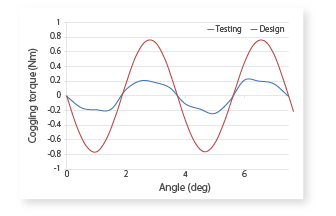
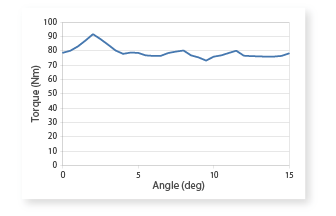
Electromagnetic force distribution
The appearance of electromagnetic force distribution in the vicinity of the gap and harmonic analysis of electromagnetic force acting on the tip of the teeth are displayed.
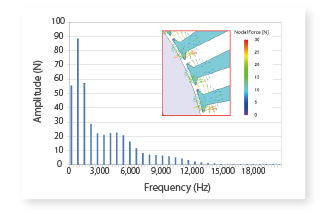
Eigenmode
This shows the stator eigenmode, which causes the sound radiation displayed above.
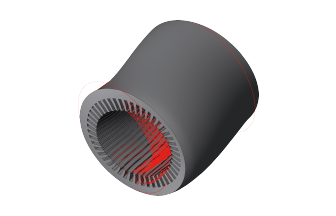
Evaluation of system vibration
Not just motors, but geometry that includes gearboxes and inverters are used to evaluate vibrations. Vibrations that did not cause issues with the motor alone will also change the eigenvalue and the behavior of the vibration as the system itself is built. Here is where motor electromagnetic forces cause vibrations, so analysis is carried out by mapping the stator electromagnetic force distribution in an NVH simulation model.
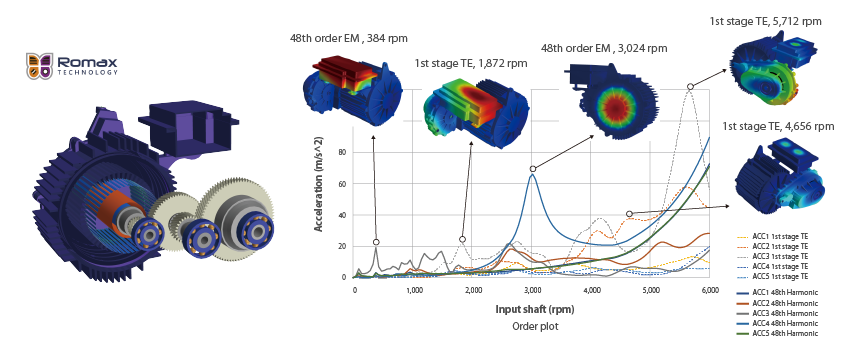
Magnetostriction Vibration
Magnetostriction is one of the major sources of vibration and noise. This example visualizes vibration induced in a large transformer as well as sound pressure distribution in the surrounding area (on the sphere) based on magnetorestriction distribution results.
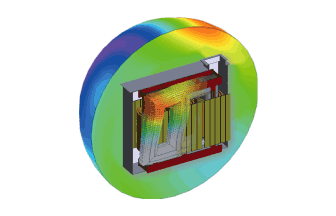

![[L-TR-44] Winding Vibration Analysis of a Power Transformer](/wp-content/uploads/common/bn_l-150x150.png)

